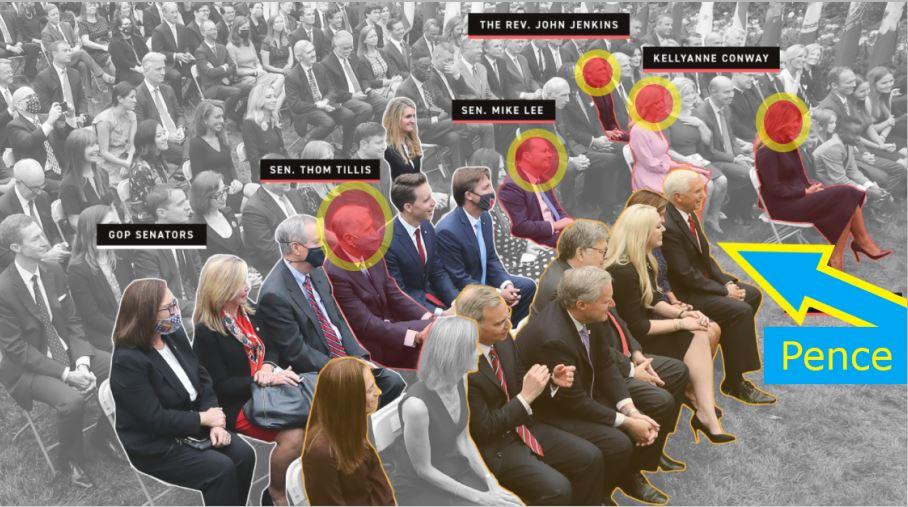
It’s just like soft body armor that police officers utilize daily.
That’s the analogy Madison Police Capt. Vic Wahl uses when discussing his department’s newly operational Mine-Resistant Ambush Protected vehicle, a 30-ton armored truck used in Middle East war zones that is designed to survive attacks from improvised-explosive devices.
“Hopefully (body armor) never has to do its job, but it’s a pretty integral piece of protection for (officers), and I think I view the vehicle the same way,” Wahl, who also oversees the Madison Police Department’s West District and SWAT team, told Wisconsin Reporter.
But Matt Savoy, a former Marine intelligence operator who is now editor of the Free Thought Project, says the armored trucks, which also can deter the “soft” blast of rocket propelled grenades, are unnecessary and only reinforce the notion that civilian law enforcement agencies are becoming more militarized.
“No one in this country has an RPG, so why would police need vehicles resistant to them? How many land mines or IEDs have cops run over in the last century?” Savoy said in an email. “Never, in history, have domestic police ever been ambushed to the extent that would justify the acquisition of such vehicles, not even the light armored ones.”
Yet, the federal government continues to hand out these massive trucks like candy.
An estimated 500 local law enforcement agencies have been given an MRAP through the U.S. Department of Defense’s 1033 Program, according to a report released last week by the American Civil Liberties Union.
The U.S. spent $50 billion in 2007 to produce 27,000 MRAPs to deploy to Iraq and Afghanistan. Because the vehicles are no longer needed there, they are making their way into local communities at an alarming rate.
Since its inception, the 1033 Program has transferred more than $4.3 billion worth of military property to government agencies.
“American policing has become unnecessarily and dangerously militarized, in large part through federal programs that have armed state and local law enforcement agencies with the weapons and tactics of war, with almost no public discussion or oversight … Neighborhoods are not war zones, and our police officers should not be treating us like wartime enemies,” the ACLU report says.
The only way the country can slow down the militarization of police, the ACLU suggests, is reform at all levels of government. The issues of overly aggressive policing are cultural and cannot be solved simply by identifying a few “bad apples” or dismissing the problem as a few isolated incidents, the ACLU argues.
“The federal government should take the lead by reining in the programs that create incentives for local police to engage in excessively militarized tactics, especially in drug cases,” the ACLU report says. “The federal government holds the purse strings, and easing the flow of federal funds and military-grade equipment into states and localities would have a significant impact on the overuse of hyper-aggressive tactics and military-grade tools in local communities.”
But Madia Law attorney Joshua Newville, who represents Wisconsin and Minnesota clients in police brutality cases, says he fears it already may be too late.
The analysis by the ACLU shows the militarization of American policing is evident in the training that police officers receive, which encourages them to adopt a “warrior” mentality and view the people they are supposed to serve as enemies.
“What message does it send to young, new officers and recruits who are just joining the police department that they need to be armed to the level of going to war? … That’s really dangerous and largely a reason that you see a continuation or a certain perpetuation of that mentality against citizens,” Newville told Wisconsin Reporter.
But Wahl claims the Madison Police Department’s MRAP has not changed the philosophy of his staff or how officers interact with the community.
“At the end of the day, it’s just a truck,” Wahl said. “You can’t walk through downtown Madison without seeing civilian armored vehicles every day, you know, the money couriers, they’re all over the place. So, it’s just a truck.”
But David Couper, who served as Madison’s police chief from 1972 to 1993, said the militarization of law enforcement can erode public trust. Couper, who is now an Episcopal priest, also said police should focus more on addressing conflicts by communicating with criminals rather than relying on force.
Police militarization can result in tragedy for civilians and police officers, escalate the risks of violence, cause the destruction of property and undermine civil liberties, according to the ACLU.
“If we have such a crisis in our community that we need armored vehicles and need increased weaponry, then isn’t that what a state militia does? … A lot of police don’t agree with me, but that’s really why we have a National Guard,” Couper told Wisconsin Reporter.
While Newville agreed MRAPs can make police officers safer, he said law enforcement agencies need to balance their needs to prevent the chance of abusing their power.
Newville also contends the distribution of MRAPs creates a slippery slope where the federal government may be more willing to hand out other other militarized equipment to civilian police departments.
“Where do you draw the line?” Newville asked. “Obviously, that’s the fundamental question when you’re talking about protecting your officers, but also being realistic about the kind of overkill that can come when you provide that level of weaponry to everyday police officers.”
The Emergency Election Sale is now live! Get 30% to 60% off our most popular products today!



